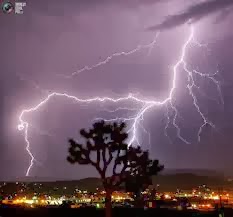Gather information about hazards. Learn your community’s warning signals and evacuation plans. The Federal Emergency Management Agency can help you prepare for hazards at: www.fema.gov/plan/index.shtm
Meet with your family to create a plan. Discuss the plan and pick two places to meet: a spot outside your home and a location away from your neighborhood in case you can’t return home. Choose an out-of-state friend as your “family check-in contact” to call if the family gets separated.
Implement your plan.
- Post emergency telephone numbers by phones and put numbers into cell phone address book
- Install safety features in your house, such as smoke detectors and fire extinguishers
- Inspect your home for potential hazards (such as items that can move, fall, break, or catch fire) and correct them
- As a family, learn basic safety measures, such as CPR and first aid; how to use a fire extinguisher; and how and when to turn off water, gas, and electricity in your home
- Teach children how and when to call 911; (6) Keep enough supplies in your home to meet your needs for at least three days.
Visit Protection1.com: Storm Safety and Severe Weather Safety Tips | Protection 1 http://www.protection1.com/home-security-systems/learn/home-security-basics/safety-tips/severe-weather-safety/#ixzz2tdH3N1WS
Protection 1 Home and Business Security Systems
Follow us: @ProtectionOne on Twitter | Protection1 on Facebook

No comments:
Post a Comment